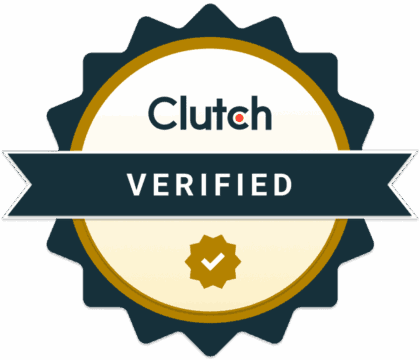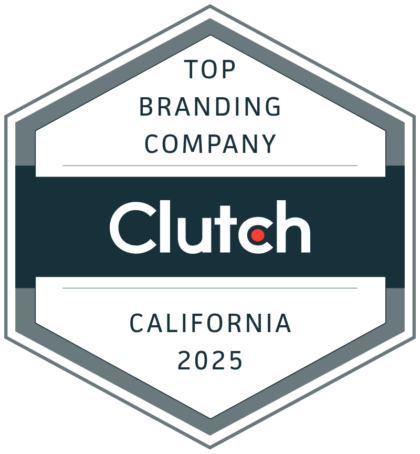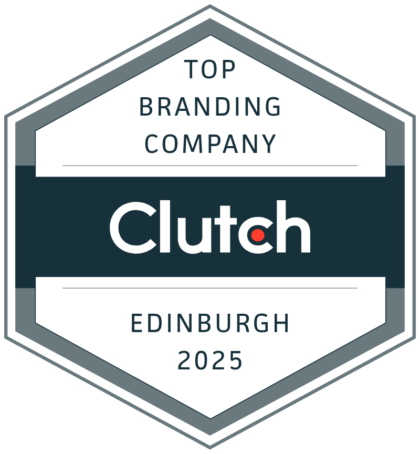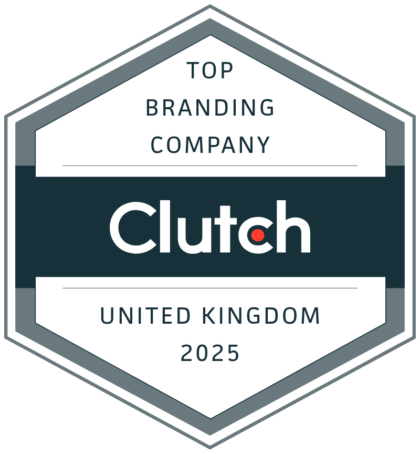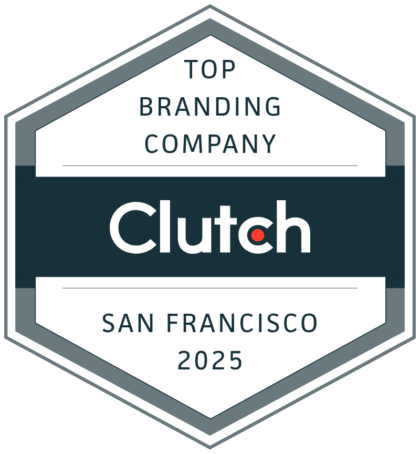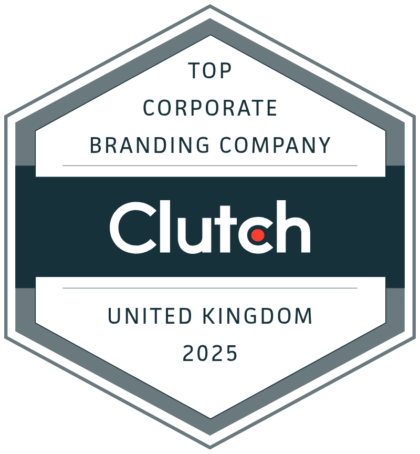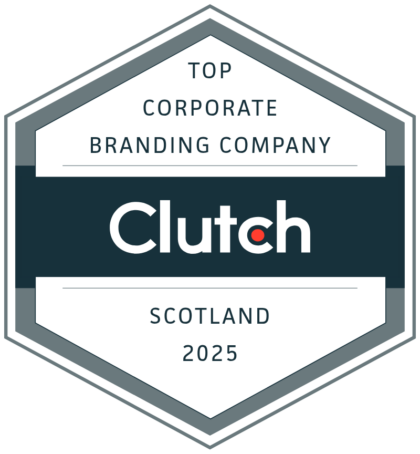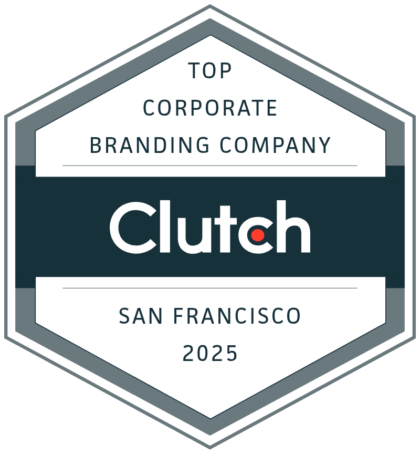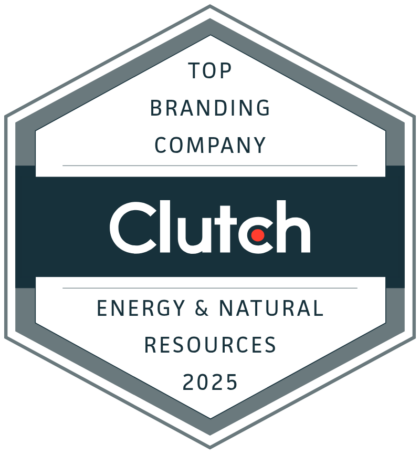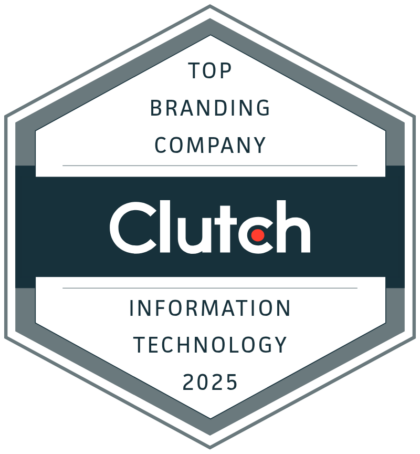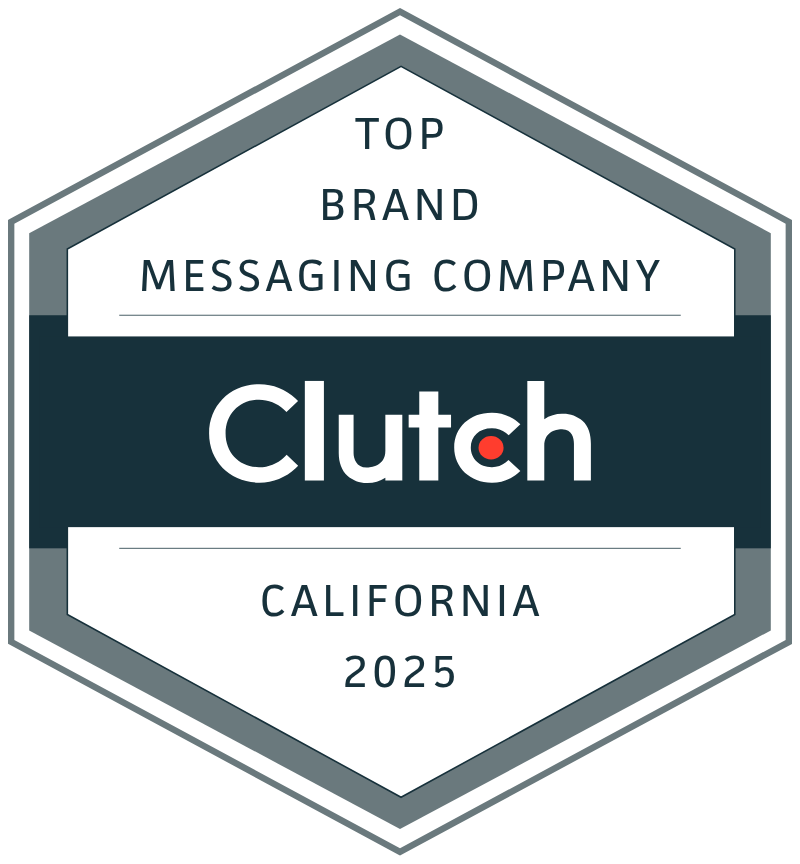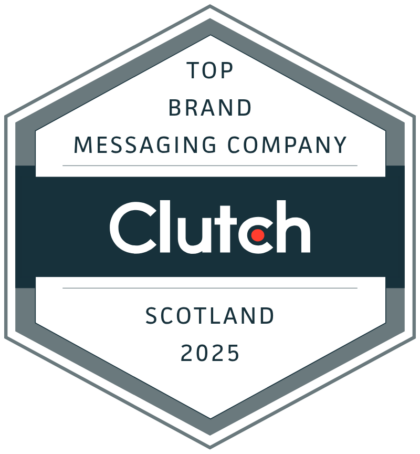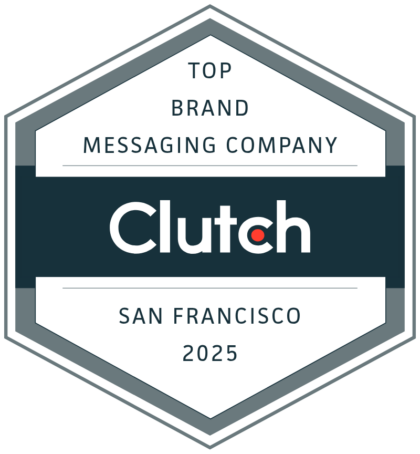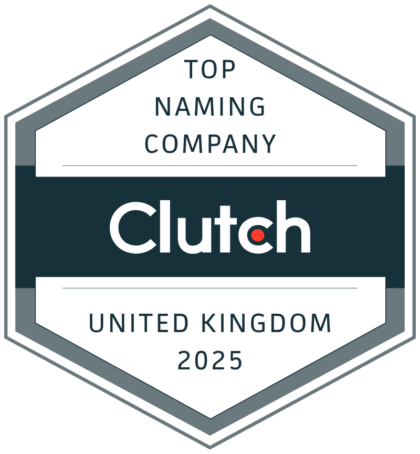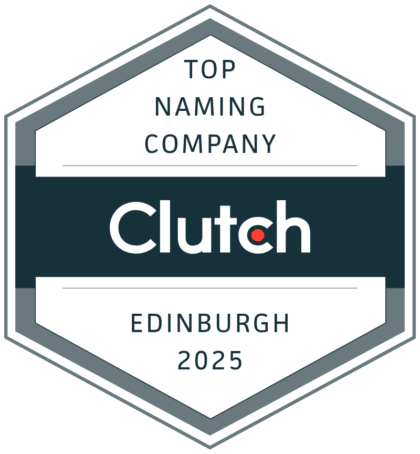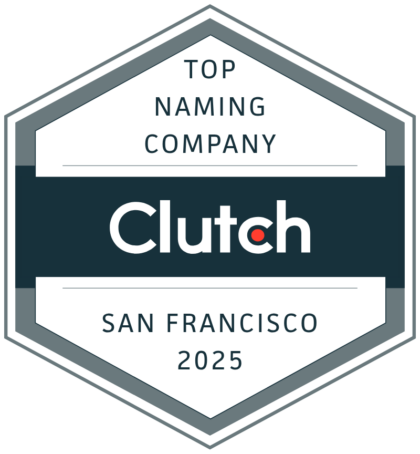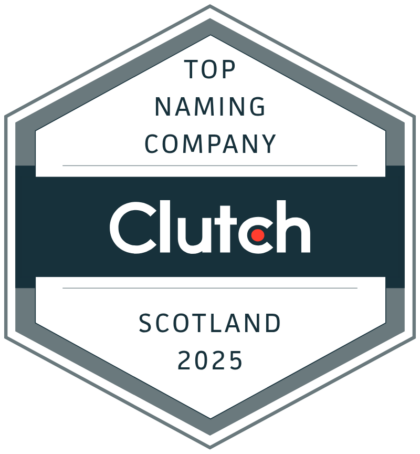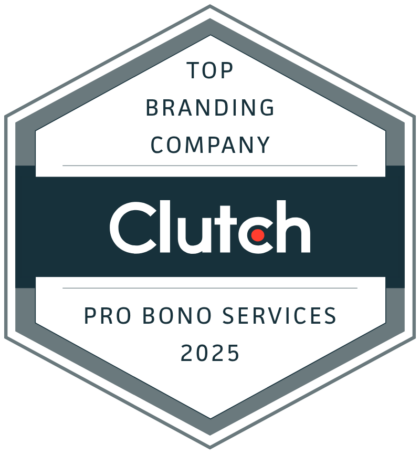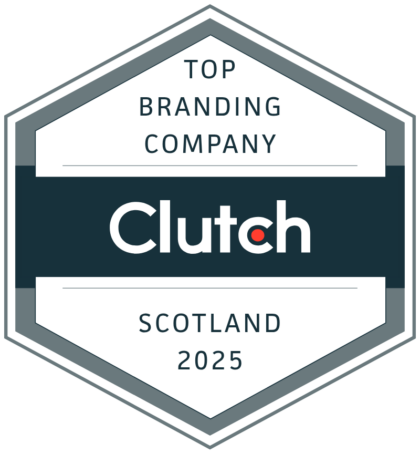Employer Brand 101
Employer branding extends your master brand into the employment arena. Where everything, including money, works backward.

David Kippen | MARCH 1, 2016
WE BEGAN THE YEAR looking at what we talk about when we talk about branding. Just to recap briefly, brands exist to make people take selective action. And that decision’s worth something. The difference between a commodity (coffee) and a branded commodity (Peets’ coffee) is a lot. What it’s worth varies from brand to brand but “brand value” makes up a large percentage of the intangible value (or goodwill) companies shares trade on.
So what’s an “employer brand?” Does the same logic apply? And if so, how?
Each question’s a whole lot more interesting than you’d think. Let’s start with “what is it?” On its face, an employer brand is an extension of the master brand into the employment space. But saying the employer brand is just like the master brand, but for talent would miss the Alice in Wonderland distortions the employment marketplace makes to brands and branding. There is certainly logic to it, it’s a similar logic, but with many parts working backward or in completely different ways, things get curiouser and curiouser the closer you look.
A Typical Transaction
Let’s start with a typical branded transaction—the Coyote buys a branded rocket from Acme—and you’ll see what I mean. First, there’s a clear price. We never see the price list, but we have to assume the Coyote goes to the Acme Catalogue, flips through to “rockets,” finds one at the right price ($19.95) and decides to buy it. As soon as his check’s in the mail (because this is 1948, of course) he’s completed his branded transaction.
When his rocket arrives, and one of three things happens:
- It works as planned;
- It’s a dud;
- It blows up in his face.
Depending on this result, he’ll either buy another rocket, return the defective rocket and ask for a refund/replacement, or never buy another one. Whatever happens, it’s a transaction around a single purchase. The Coyote’s goal is to get the best rocket for the least cost; Acme’s is to sell the rocket for the highest cost it can. The transaction takes place when both arrive at an optimal price, and the brand value is the spread between the generic rocket and the Acme-branded rocket.
Again, Acme wants to charge as much as it can; the coyote to pay as little as he can. This leads to advertising (bought by Acme) like “our rockets offer the biggest bang for your buck.”
Welcome to Wonderland
Now let’s go through the looking glass and look at an employment transaction between Fred Flintstone and his employer, Slate Rock & Gravel Company. In this transaction, everything works backward. The seller is Mr. Slate. He’s hoping to get the buyer, Fred Flintstone, to buy Mr. Slate’s clams. Or more properly, to exchange his time for Mr. Slate’s money.
Really? Absolutely. As soon as we accept the ideas of “talent attraction,” “recruiting,” or “the war for talent,” we also accept that the transaction is inverted. In this transaction, Mr. Slate (the seller) is offering a commodity called clams. But like Peets, he wants to get the maximum value for his commodity, so he brands them, saying “Slate Rock & Gravel company clams are better because…something about better benefits or stronger dinosaurs. Point is, he wants to sell as few clams as possible.
On the other side of the transaction, if he’s salaried, Fred wants to buy Mr. Slate’s clams for the lowest number of hours possible. So contrast this to the Acme example and it’s exactly backwards:
Acme: as many dollars as possible | Coyote: as much bang as possible
Slate: as few clams as possible | Fred: as few hours as possible
This leads to advertising that seems backwards, too:
Acme: biggest bang for your buck (i.e., best value for your dollar)
Slate: bigger dinosaurs and better benefits (i.e., fewer clams)
If you’re starting to feel indignant, I get it. It sounds like the goal of employer branding is using the tools of marketing to cheat Fred out of his wages. That’s possible, but most of the time, that’s not the case at all. Three factors make this kind of marketing exceptionally challenging and demonstrate there’s something unexpected going on:
- Too much pay is an incentive for the wrong kind of talent;
- Careers are not widgets;
- Intangibles matter more than you think.
Too Much Pay
Is it possible to be paid too much? Actually, it is. At the macro level, think about Mr. Slate. After he buys 8 of Fred’s hours, Fred and his dinosaur crush rock for a day. Now Mr. Slate has a pile of rock he has to sell. His business depends on the spread between what he buys Fred’s hours for and what he sells the product of those hours for. If he pays too much, the rocks will be cheaper somewhere else and Mr. Slate is out of business.
What if Fred’s a programmer and Slate is IBM? Same result, but for different reasons. If Mr. Slate wins every transaction by paying more, he will “buy” the top of the marketplace—all the programmers the most highly incentivized by what they make. Those programmers will compete with other programmers who are incentivized by their love of what they do. (That’s why IBM pays only 15% above the national average.)
Which brings us to…
Careers Are Not Widgets
When the Coyote buys a rocket it’s a one-off transaction. When Mr. Slate buys Fred’s hours, it’s an ongoing exchange. The difference is obvious but stunningly important. The real value of Fred’s hour is rarely to be found in a particular hour. It’s found in his discretionary effort—the gift of engagement and passion he gives to the work he does. The value of his discretionary effort is driven by his intrinsic motivation to do the job he’s doing.
If he loves it, he’ll work harder and better. This is why…
Intangibles Matter
When Mr. Slate’s agency creates his employer brand ad they talk about bigger dinosaurs and better benefits. It’s a really bad ad, but it gets one thing right: it doesn’t put the emphasis on pay. What the ad should do, what employer branding is all about, is understanding Fred and speaking to what he cares about. It’s not pay. Pay is (almost) always a hygiene factor. People expect to be paid a salary commensurate with their value but generally don’t expect to be the best paid person at their company or level. That’s why most employment negotiations end with pay: only after the really important stuff has been settled do we talk price. (By contrast, think back to the Acme example: the Coyote’s ad prominently features price and the call to action is “biggest bang for your buck.”)
Employer Brand
So what’s an employer brand? Here’s a fuller, more useful definition:
The employer brand is an extension of the master brand into the talent space that leverages the brand’s equities of purpose, mission, value and other intangibles to reduce total hourly cost while optimizing each employee’s contribution of discretionary effort.
Note that I’m defining a thing, a noun, not a process. All too often, employer branding is conflated with employment marketing—that is, with the process of gathering impressions for a particular campaign. But developing an employer brand is a unique form of brand expression. It’s nothing less than the process of understanding, then articulating that brand extension in a word or phrase (the brand line) then arranging the brand’s equities in rank order by location and employee group to support and optimize the effectiveness of that promise. Barney and Fred should be responsive to the same equities but the folks in accounting and HR at Slate will see their employment through a different lens. (They probably won’t care as much about bigger dinosaurs.)
Dr. David Kippen serves as Chief Strategist and CEO of Evviva Brands. With a background spanning advertising and communications and a client base spanning the globe and including top brands in every sector, Dr. David Kippen is a world-renowned leader in brand strategy. David’s past clients include Amazon, Ameriprise Financial, Bain & Company, Blackrock, Burger King, Chevron, Coca-Cola, Dell, Dignity Health, Disney, Energy Recovery, E.ON, HP, HSBC, General Mills, Intel, Kaiser Permanente, Kentz, KLA-Tencor, Lam Research, Marriott International, Methanex, Moss Adams, Microsoft, Nokia, Premera Blue Cross, Teva, T-Mobile and Xilinx.
David earned a PhD in English (rhetoric) from the State University of New York at Stony Brook. Prior to founding Evviva Brands he was Head of Global Brand Strategy for TMP Worldwide.
Phone: (415) 320-9777
Email: kippen@evvivabrands.com
